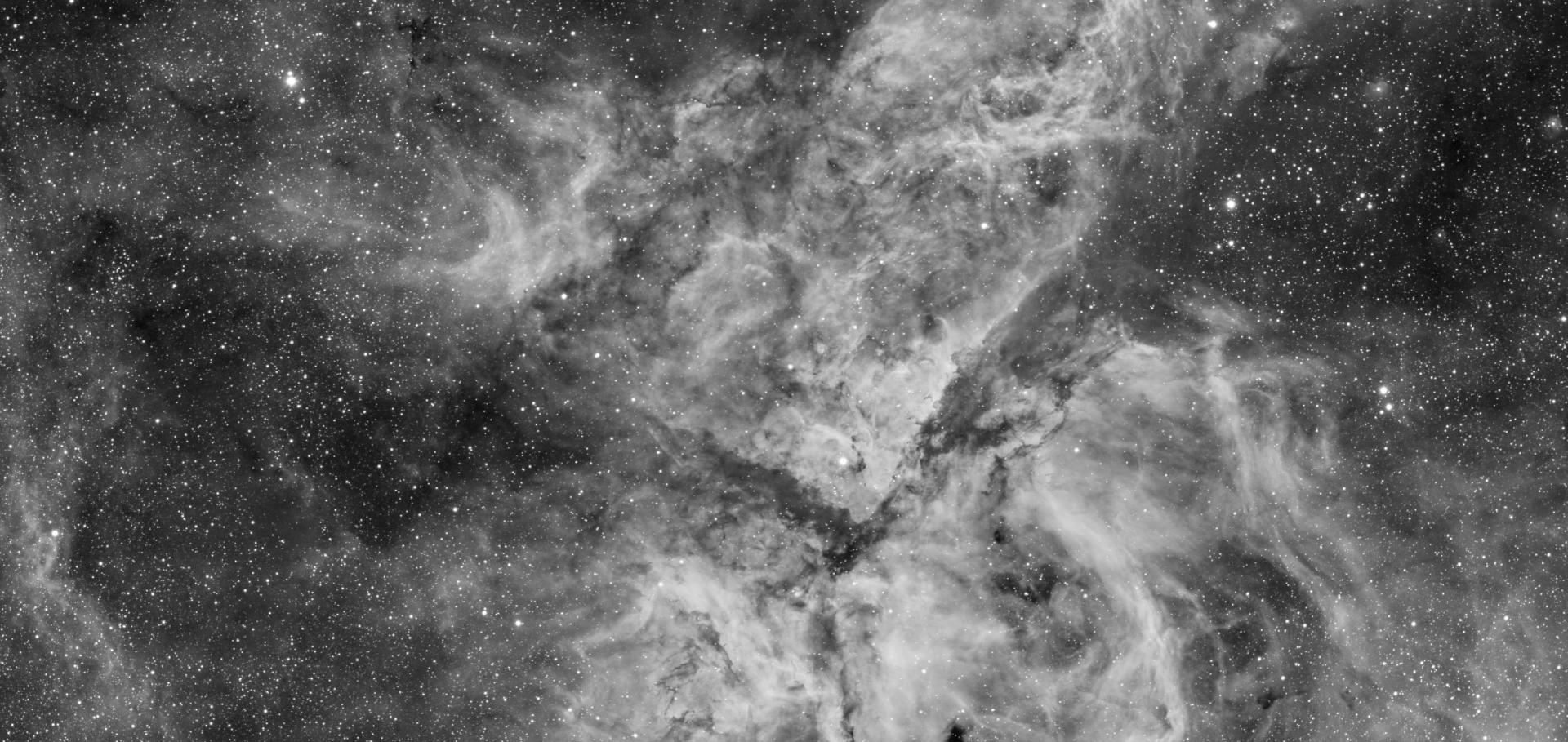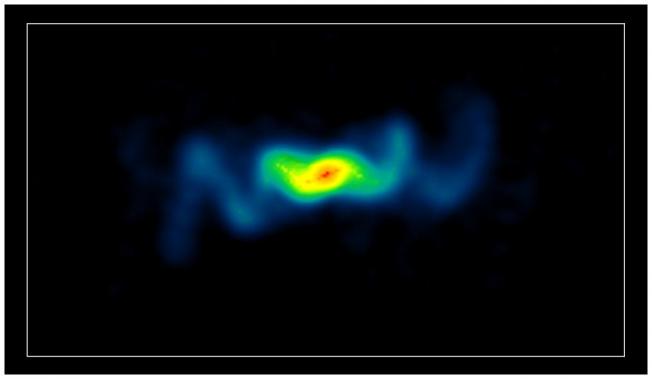Cosmic ray acceleration in hydromagnetic flux tubes
Monthly Notices of the Royal Astronomical Society Oxford University Press 487:4 (2019) 4571-4579
Abstract:
We find that hydromagnetic flux tubes in back-flows in the lobes of radio galaxies offer a suitable environment for the acceleration of cosmic rays (CR) to ultra-high energies. We show that CR can reach the Hillas (1984) energy even if the magnetized turbulence in the flux tube is not sufficiently strong for Bohm diffusion to apply. First-order Fermi acceleration by successive weak shocks in a hydromagnetic flux tube is shown to be equivalent to second-order Fermi acceleration by strong turbulence.Cosmic ray acceleration to ultrahigh energy in radio galaxies
EPJ Web of Conferences EDP Sciences 210 (2019) 04002
Abstract:
The origin of ultrahigh energy cosmic rays (UHECRs) is an open question. In this proceeding, we first review the general physical requirements that a source must meet for acceleration to 10-100 EeV, including the consideration that the shock is not highly relativistic. We show that shocks in the backflows of radio galaxies can meet these requirements. We discuss a model in which giant-lobed radio galaxies such as Centaurus A and Fornax A act as slowly-leaking UHECR reservoirs, with the UHECRs being accelerated during a more powerful past episode. We also show that Centaurus A, Fornax A and other radio galaxies may explain the observed anisotropies in data from the Pierre Auger Observatory, before examining some of the difficulties in associating UHECR anisotropies with astrophysical sources.Cosmic ray acceleration to ultrahigh energy in radio galaxies
(2019)
Studying the H-alpha line of the B[ e ] supergiant binary GG Carinae using high-cadence optical spectroscopy
Proceedings of the International Astronomical Union (2019) 123-124



